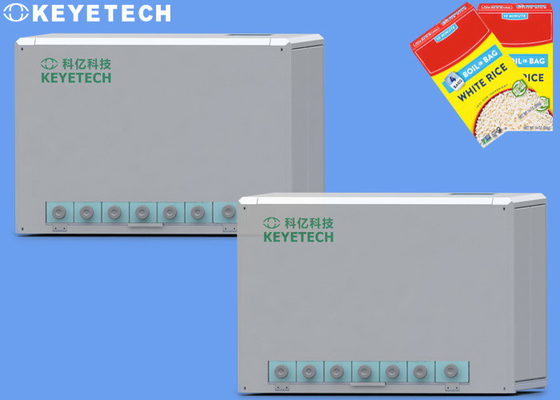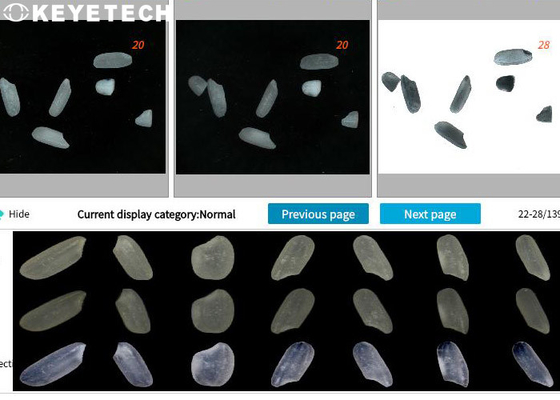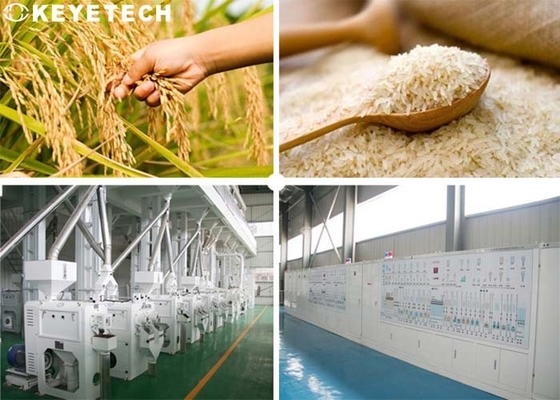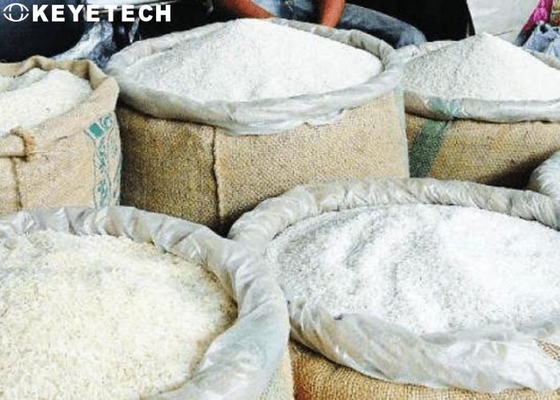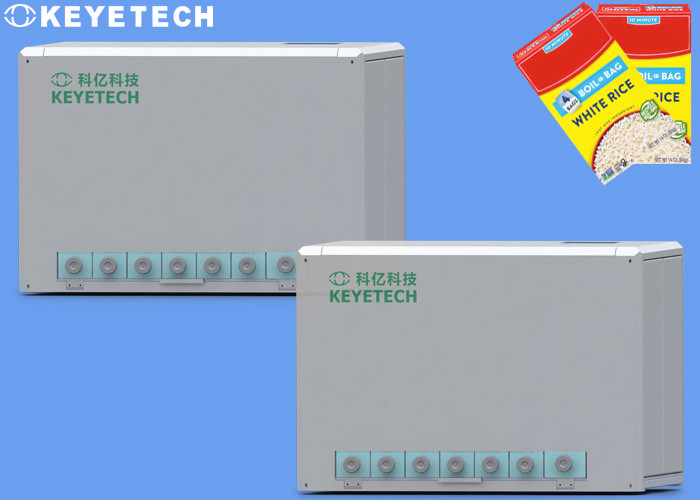Inspection principle
The glutinous rice quality inspector developed and produced by our company is connected to the glutinous rice processing production line and connected to the glutinous rice lifting and conveying pipeline. The glutinous rice is extracted from the conveying pipeline at regular intervals and the quality of the glutinous rice is analyzed. It can analyze the heterogeneous buds of the glutinous rice. The inspection and analysis of grains, grass seeds, insect-eaten grains, gibberellin grains, damaged grains, black germs, impurities, etc., guide the improvement of the quality of glutinous rice, and form statistical reports from time to time, while improving product safety and traceability.
When it is detected that the quality of the glutinous rice sampled is not good, the operators of the production line can adjust the parameters of the glutinous rice sorting machine on the production line in time to ensure the quality of the glutinous rice produced. The glutinous rice that has been inspected can be automatically sent back to the glutinous rice processing line through the pipeline, and the grains are returned to the warehouse without wasting a grain of grain.
Equipment configurations

| Model.No |
KVS-GR |
Inspect speed |
900-1200/min |
| Size |
800*600*600mm |
Weight |
110kg |
| Voltage |
220V±10%,50Hz |
Current |
500-1000W |
| Ambient temperature |
10~30℃ |
Environment humidity |
Relative temperature≤85%
|
Key technology
1. Automatic binarization: Use deep neural network to segment the foreground and background of the image. Compared with the traditional binarization method, it can be applied to a variety of lighting conditions, and the edge segmentation of glutinous rice is smoother, fast and robust High advantages.
2. Adhesive glutinous rice segmentation algorithm: Connected glutinous rice cannot be segmented based on the method of connected domains. The deep neural network is used to segment the adhered glutinous rice at an instance level, which can reach a speed of 1000fps and can process the adhered glutinous rice in real time.
3. Nuomi attribute recognition algorithm: adopts a lightweight neural network and integrates a semi-supervised learning method. The model can be iteratively optimized only by marking a small amount of data. It has the advantages of high accuracy, fast speed, and convenient deployment.
Combining traditional machine vision methods and artificial intelligence algorithms to analyze glutinous rice. First, traditional visual methods are used to segment the glutinous rice grains in the video frame, and then artificial intelligence algorithms are used to identify the attributes of the segmented glutinous rice grains to determine whether there are insects. Moth, sprouting, mildew and other problems. At the same time, two high-resolution cameras were used to photograph the front and back of glutinous rice, and the properties of the two sides were analyzed. Through the registration algorithm, the front and back glutinous rice are registered one by one, and their respective attributes are combined to obtain the attributes of a complete glutinous rice grain.
Range of applications
KVS-G series grain quality analyzer is composed of visual system, software system and other module structures. When the grain enters the field of view of the camera, the grain is photographed, and the characteristics of a complete grain are obtained through the registration algorithm. Attribute identification to determine whether there are problems such as disease spots, mold growth, budding, damage, and insect erosion. It has a wide range of applications and is of great significance to grain sorting and quality improvement.


 Your message must be between 20-3,000 characters!
Your message must be between 20-3,000 characters! Please check your E-mail!
Please check your E-mail!  Your message must be between 20-3,000 characters!
Your message must be between 20-3,000 characters! Please check your E-mail!
Please check your E-mail! 
